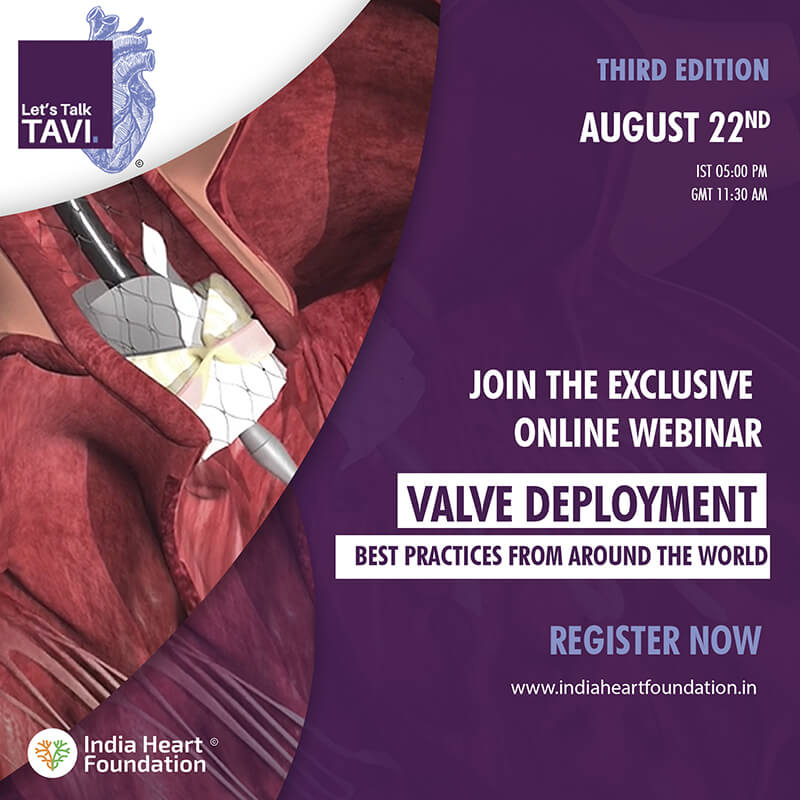What is TAVI or TAVR?
Transcatheter aortic valve replacement (TAVR) is an innovative approach to treating severe aortic stenosis. Age and lifestyle choices cause the aortic valve in the heart to narrow, leading to reduced blood flow and adversely affecting heart function.As an alternative to of open heart surgery, which involves longer hospitalisations and recovery times, TAVR is a less invasive procedure involves a balloon catheter being placed in the femoral artery and guided into the heart. A heart valve is then placed in the catheter and positioned as a replacement to the compromised aortic valve. Reccommended for patients suffering from aortic stenosis who are considered at high risk for surgery due to advanced age or other serious illness, this procedure has remarkably low recovery time. Patients see a remarkable difference in their quality of life. However, like all new innovations, TAVI is not easily accessed because of both the cost and the lack of trained professionals who can underatke it. We at the India Heart Foundation are committed to bridging both these gaps. Through our Continous Medical Education (CME) on TAVI we hope to enable more doctors be able access and offer as many patients as possible cutting edge medical technology.
Lets Talk TAVI
Adapting to life in the times of COVID, earlier this year, we embarked on an ambitious online Continuous Medical Education (CME) program called. Let's Talk TAVI (LTT). A platform that facilitates knowledge sharing aimed at improving cardiac health care across the country, Lets Talk TAVI has seen cardiologists and interventional cardiac surgeons from all over the world come together. By sharing live cases and learnings from their rich and diverse experiences they have created a resource library for other doctors and health care workers. Panel discussions at the end of each talk discuss the intricacies and complications of the procedures showcased and highlight the key pressure points and ways to overcome them.
Dr. Eberhard Grube discusses if all cases of Aortic Stenosis cases should be considered for TAVI/ TAVR first.
Dr Eberhard Grube, MD FACC (Bonn, Germany), explains how TAVI - A minimally invasive technique with significantly lower rates of stroke and mortality risks - is as good as or even better than the previous gold standard, SAVR when offered to the right group of patients.
Dr. Susheel Kodali lists the Top Ten tips to keep TAVI/TAVR complications-free.
Let's Talk TAVI, Dr Susheel Kodali, MD (New York), outlines his 10 best tips for success – from pre-procedural planning, understanding the device and its limitations, to procedural techniques & lastly, a little bit of luck.
Dr. Vinay Bapat explains how to tackle valve-in-valve TAVI/TAVR - from imaging & planning to execution.
Let's Talk TAVI, Dr Vinayak Bapat, Surgical Director (New York) points out the common and special considerations that should be made when performing TAVI/TAVR in failed surgically implanted valves.
Dr. Ganesh Manoharan discusses tackling TAVI/TAVR in bicuspid valves.
Let's Talk TAVI, Dr Ganesh Manoharan, MD, (Belfast, UK) shares his perspective on Tackling Bicuspids – From the anatomical challenges, procedural complications and potential considerations

